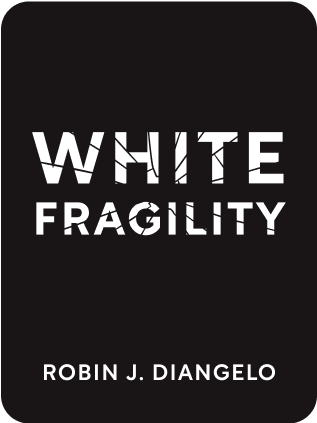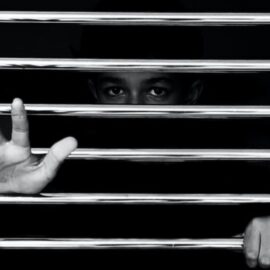

This article is an excerpt from the Shortform summary of "White Fragility" by Robin J. DiAngelo. Shortform has the world's best summaries of books you should be reading.
Like this article? Sign up for a free trial here .
What is a criticism of white fragility? How can you use the white fragility critique to get to racial healing?
The criticism of white fragility is that it keeps from addressing structural racism. Instead of responding with more fragility, you have to consider the merits of the white fragility critique.
Read on to better understanding the criticism of white fragility and how to move towards racial healing.
The Criticism of White Fragility
The work of recognizing and shedding (as much as possible) one’s racist conditioning as a white person can be extremely difficult. But it is important to do if you’re serious about your professed opposition to racism. You cannot tackle systemic racism if you cannot identify and come to terms with the ways in which you unfairly benefit from and perpetuate it.
Because racism is a structural phenomenon and not an individual character trait, there is no need to get defensive when one’s own racially problematic behavior is brought to light. Moreover, because of your dominant position within the racial hierarchy, the feedback you are receiving poses no threat to you. If you do feel threatened, you must work on fortifying your own racial stamina.
Confronting this criticism of white fragility may be challenging because you may respond with more defensiveness. Instead of retreating into fragility, look at the feedback, especially when it comes from a person of color, as an opportunity to learn and grow. Your response shouldn’t be, “How dare you!” It should instead be, “Thank you.”
Racial healing can only begin when white people shed their reflexive defensiveness and build greater capacity to be uncomfortable with examinations of their own privilege and their contributions to racist power structures. White people must discard the myth that their white racial identity doesn’t exist and accept the truth that it powerfully shapes how they view the world and their role in it.
Becoming more authentic in one’s attitudes toward race and seeking knowledge is the beginning of change, whether that comes from forging more genuine cross-racial relationships or getting involved in anti-racist groups. The discomfort is not incidental—it is key to growth and to uncovering one’s inevitable racial blind spots.
The process of disrupting racism, after all, involves acknowledging one’s unfair benefits and advantages as a white person and then working to cede those privileges. It’s not easy—racism is a system from which all white people benefit. If anti-racism entailed zero sacrifice on the part of whites, racism would be far easier to overcome. That difficulty underscores the criticism of white fragility because it is easier to be deterred by the challenges.
The consequences of racism for people of color are very real and very dire. White people have a moral responsibility to educate themselves and take the initiative to disrupt and combat racism wherever they see it. That’s a criticism of white fragility because it keeps perpetuating the system of racism. Some concrete ways to get involved with anti-racism include:
- Demand changes to the educational system to make anti-racist instruction a core part of the curriculum from kindergarten through college (and not merely though special, elective courses);
- Get involved with racial justice organizations; and
- Build genuine and honest relationships with people of color.
When experiencing your own white fragility, try to:
- Remember that your personal moral character is not the issue;
- Understand the risks a person of color is taking in giving you this feedback;
- Live in the discomfort and recognize that it is essential to making progress; and
- Remember that racism has life-and-death consequences for people of color that far outweigh your personal discomfort.
Most of all, it is critical that this be a self-directed journey. You as a white person must do the hard work yourself. You have to see the criticism of white fragility for yourself. It is not the responsibility of people of color to guide you through your anti-racist education or to accommodate your white fragility when you are confronted with your own culpability for racism. Try to articulate and act on the white fragility critique.
This work will often be challenging and difficult, forcing you to grapple with aspects of your own privilege and complicity. But it is necessary work if we as a society are serious about rolling back the legacy of racism.

———End of Preview———
Like what you just read? Read the rest of the world's best summary of Robin J. DiAngelo's "White Fragility" at Shortform .
Here's what you'll find in our full White Fragility summary :
- Why white people become defensive when confronted with the idea of racism
- How today's racial hiearchy began in roots centuries ago
- How we as society can gradually overcome our deep racial divides






